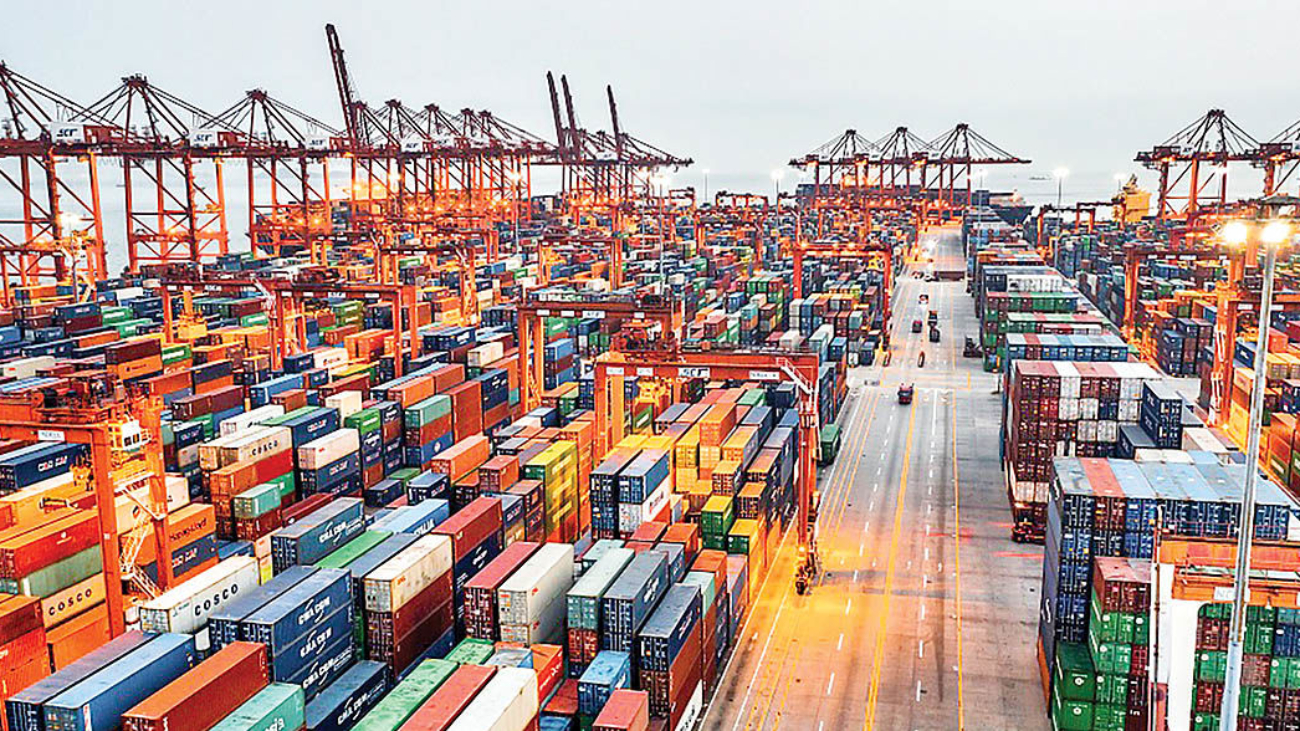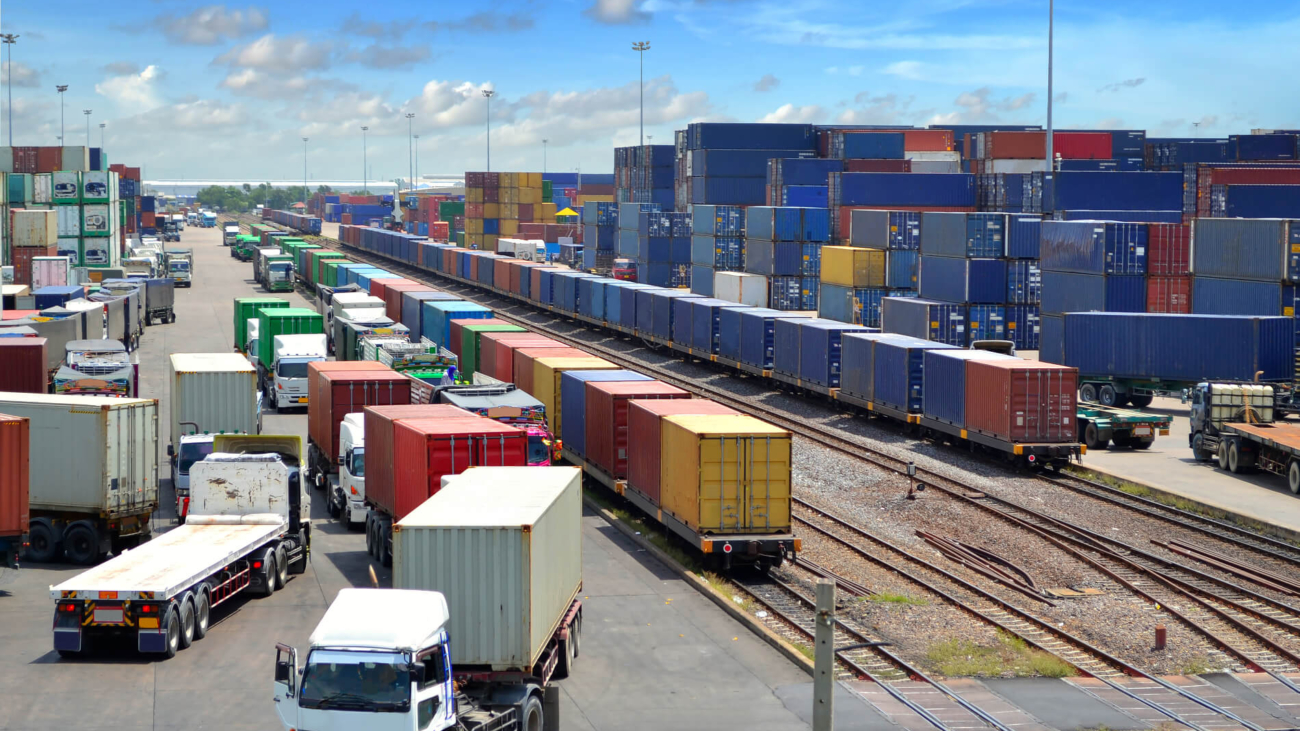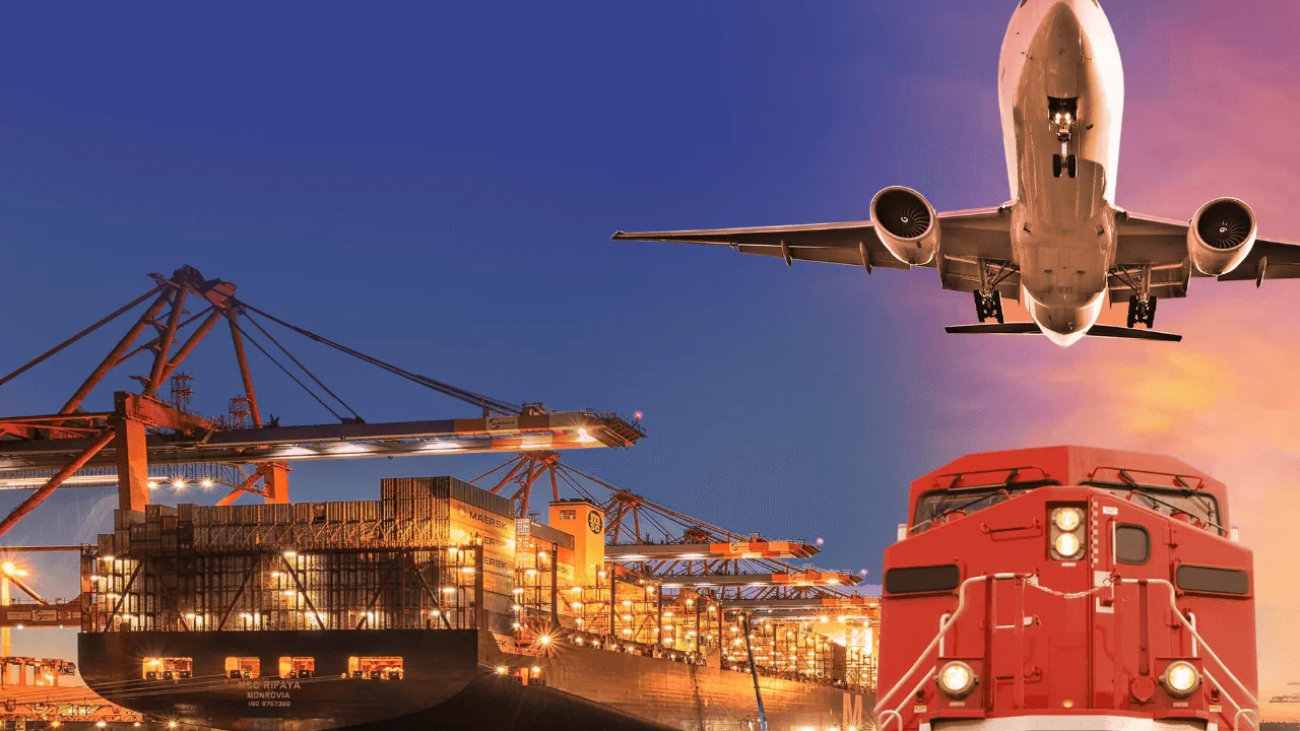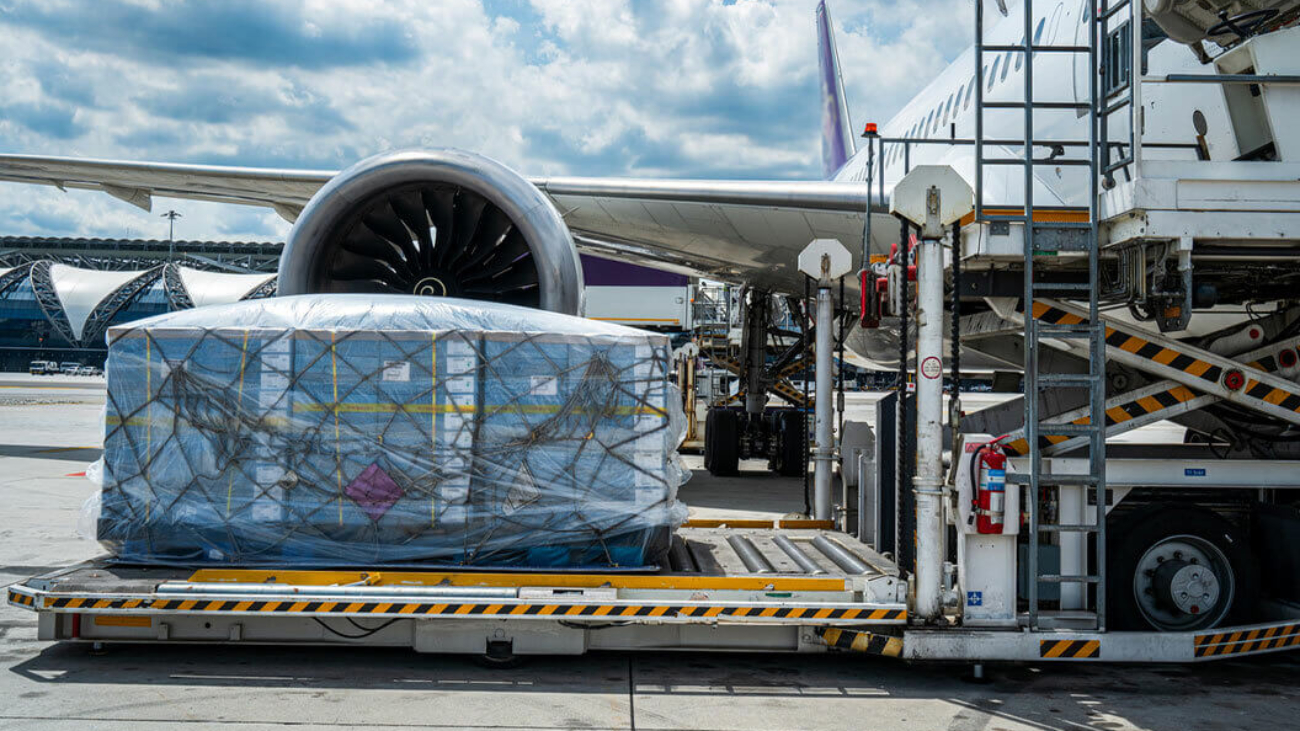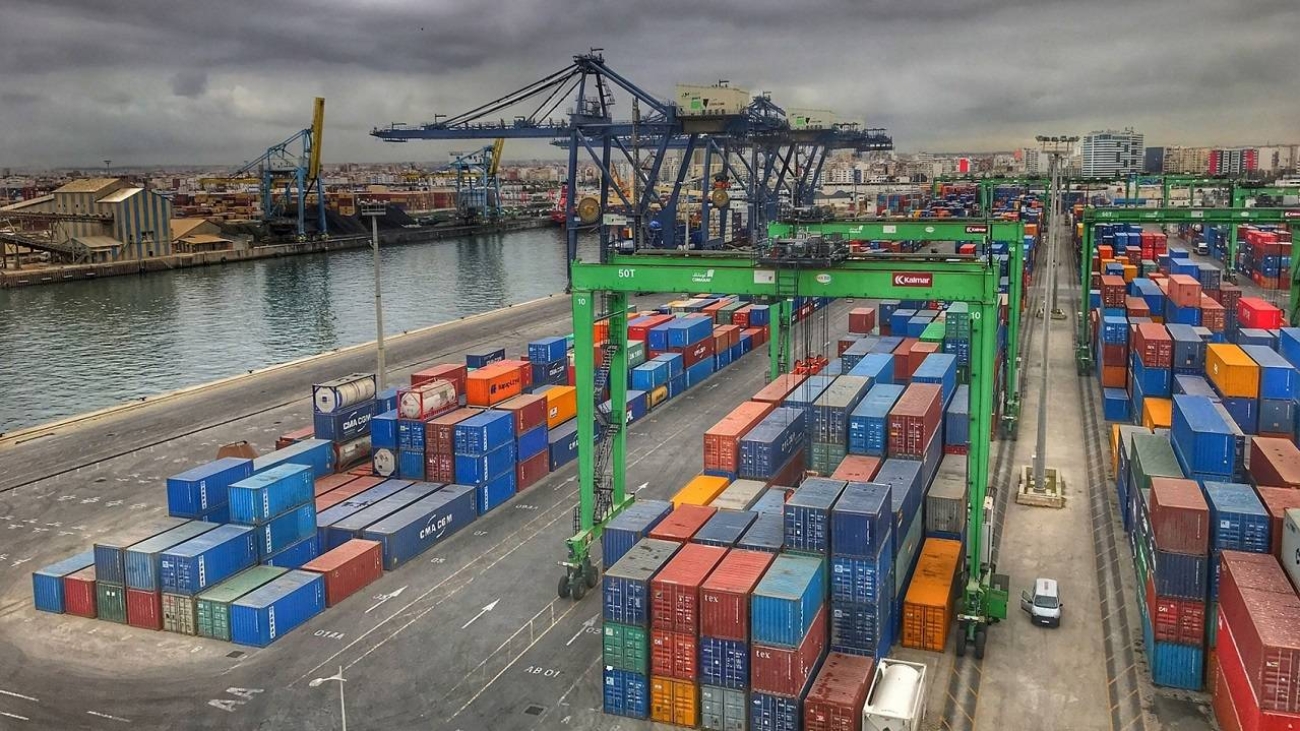Customs Clearance Services
Customs clearance is a critical stage in the supply chain and international trade, involving administrative and legal processes for the entry and exit of goods from one country to another. This process requires precise knowledge of customs laws and regulations, necessary documentation, and various procedural steps.
The Role of Darya Rukh Negar Company in Customs Clearance Services
Darya Rukh Negar Company, leveraging its experience and expertise in transportation and logistics, offers extensive customs clearance services. With a team of experienced professionals knowledgeable about customs laws and regulations, the company efficiently and accurately handles all stages of customs clearance.
Benefits of Using Darya Rukh Negar’s Customs Clearance Services
- Experience and Expertise: Darya Rukh Negar’s professional team, with complete awareness of customs laws and regulations, ensures that all customs clearance processes are carried out in the best possible manner.
- Speed and Efficiency: By using Darya Rukh Negar’s services, customers can be assured that their goods will be cleared from customs as quickly as possible and without delays.
- Cost Reduction: The company helps its clients reduce overall import and export costs by offering optimized solutions and lowering customs clearance-related expenses.
- Consultation and Guidance: Darya Rukh Negar provides specialized consultation on customs laws and regulations, assisting clients in navigating the customs clearance process with full knowledge of the required steps and documentation.
Darya Rukh Negar’s Customs Clearance Services
- Import Clearance: Darya Rukh Negar handles all stages of import clearance, from document review to obtaining necessary permits and paying customs duties on behalf of its clients.
- Export Clearance: The company also efficiently manages export clearance services, including obtaining required certificates and completing customs formalities.
- Customs Consultation: Darya Rukh Negar offers expert advice on customs laws and regulations, helping clients smoothly navigate the customs clearance process.
- Customs Representation: Acting as a customs representative for its clients, the company manages all customs-related matters on their behalf.
Conclusion
Darya Rukh Negar’s customs clearance services, grounded in expertise and experience, have established the company as a leading provider of these services. By offering diverse and high-quality services, the company has gained customer satisfaction and contributed to improving efficiency and reducing supply chain costs. Darya Rukh Negar helps its clients reduce overall import and export costs, enabling them to engage in international trade with greater confidence and peace of mind.

